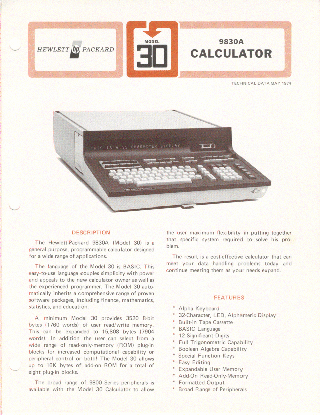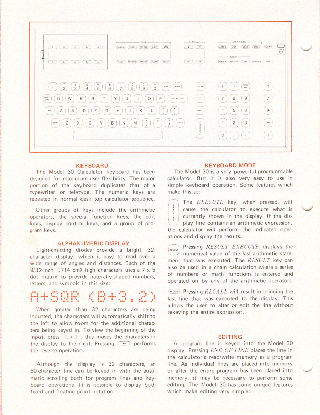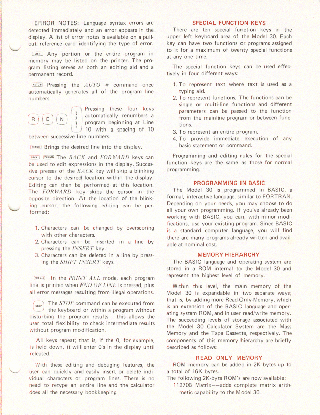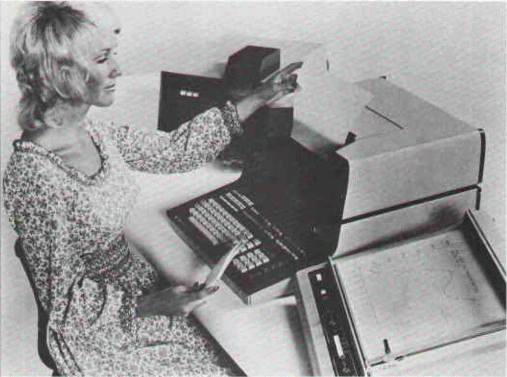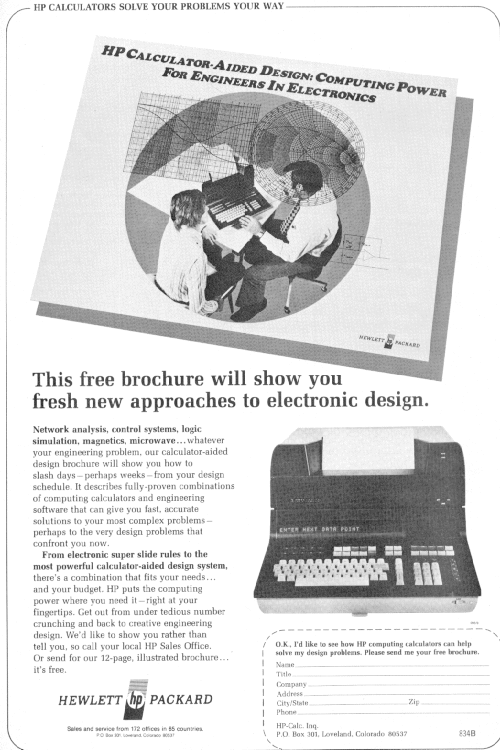Data Recovery
Initial Checkout
Software
Tape Drive

The HP 9800 Model 30 (HP 9830A) was introduced in December of 1972, along with the 9810A and 9820A calculators.
The 9830A came with built-in BASIC language and 3,520 bytes of RAM. It had a full keyboard, a 32-character red LED display (alphanumeric) and a cassette tape drive. It could be expanded via five Option ROM slots (plus three more internally) and four peripheral interface slots.
Later, mass storage was available via the HP 9800 Mass Memory Subsystem.
The 9830B was introduced in 1976 and came with 15,808 bytes of RAM. It included string and matrix operations, which were optional in the 9830A. The machine could be upgraded to 30,144 bytes of RAM.
The HP9830 may have been the first "personal computer." It was the earliest all-in-one machine that you plugged into a wall outlet and could enter BASIC language programs. Since the BASIC language was held in ROM there was no need to load anything, and it did not require the connection of an external terminal or data storage device.
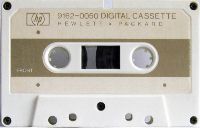 We are able to recover data from cassette data tapes (HP 9162-0050 and HP 9162-0053)
and provide the results
to you in a more modern format (CD, DVD, floppy disc, web page, etc.).
We are able to recover data from cassette data tapes (HP 9162-0050 and HP 9162-0053)
and provide the results
to you in a more modern format (CD, DVD, floppy disc, web page, etc.).
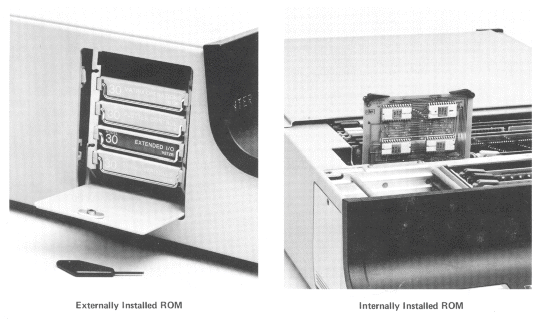 The HP 9830 calculator design allows the addition of up to eight Read-Only-Memory
modules. Five may be added as external plug-ins, three as internal plug-ins.
The HP 9830 calculator design allows the addition of up to eight Read-Only-Memory
modules. Five may be added as external plug-ins, three as internal plug-ins.
